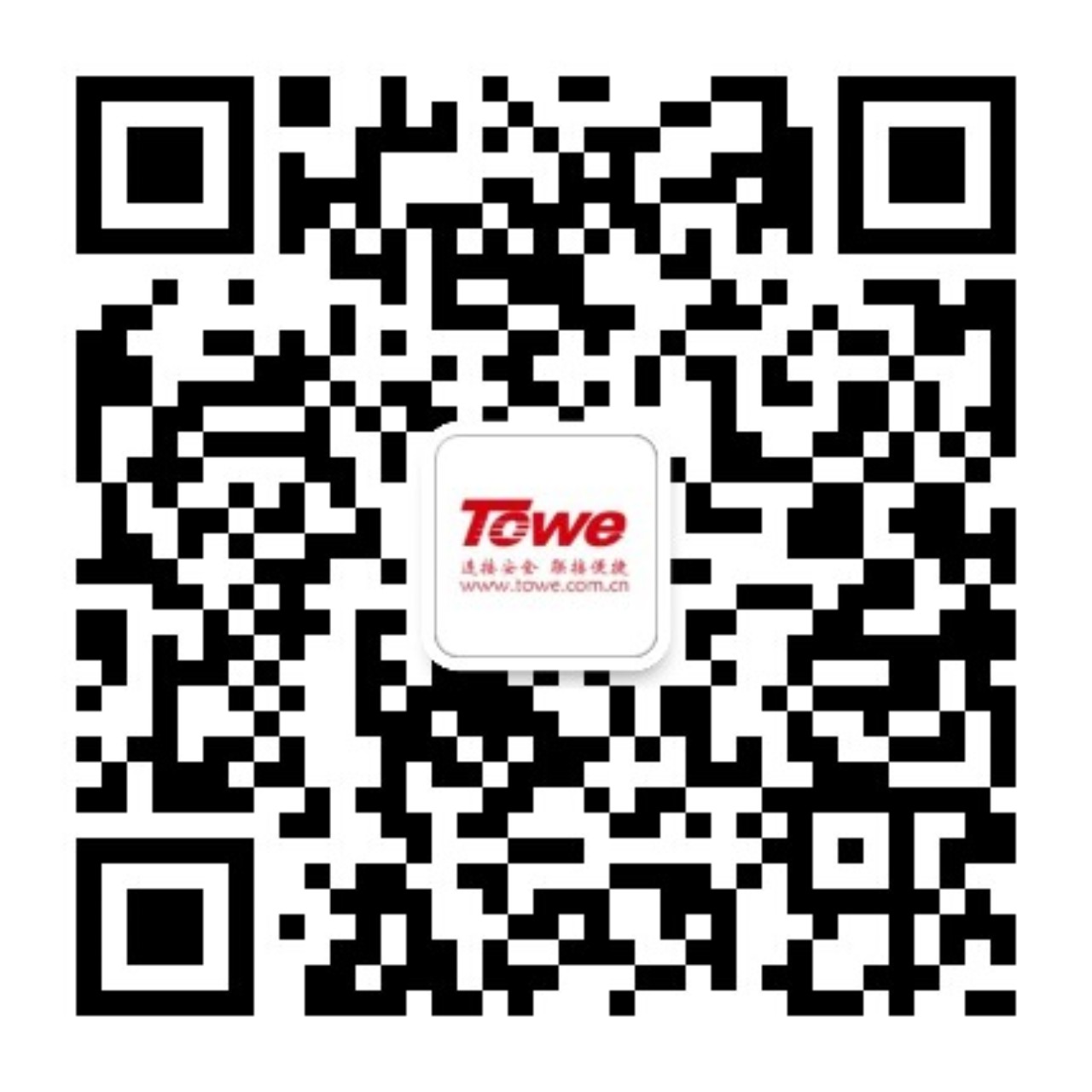I.Formaldehyde detection
1、Formaldehyde self-test box
The formaldehyde self-test box is a self-test product that reflects the formaldehyde content through color reaction. It mainly performs rapid semi-quantitative experience on formaldehyde in the living environment, and can judge the degree of formaldehyde pollution.
2、Professional testing institution
Professional testing institutions mainly include two types: one is professional research institutions or government-managed business units; the other is private testing companies. Professional testing is multiple and multi-point detection.
II.Classification of formaldehyde detection
1、Indoor air detection
Indoor air testing is to determine whether indoor air is contaminated with formaldehyde, whether it meets safety standards, so as to know whether it is safe to check in.
2、Detection of formaldehyde release pollution sources
"Detection of formaldehyde pollution release source", also referred to as "contamination source detection", was proposed by Mr. Chen Xiaopeng, deputy director of the National Indoor Environmental Purification Control Guidance Center. It refers to the detection of formaldehyde concentration inside furniture made of wood-based panels such as wardrobes, bed boxes, drawers, etc. It is a direct and effective method to judge whether it is a formaldehyde pollution release source.
III.National standard for indoor formaldehyde
At present, there are two national standards related to indoor formaldehyde concentration in China. One is the "Indoor Air Quality" standard No GB/T18883-2002, which is formulated by the Ministry of Health. It is required to be closed for 12 hours and the indoor formaldehyde concentration is not higher than 0.1 m3. The standard referring to the WHO standards for indoor formaldehyde concentration, is the lowest standard for the health of human settlements.
The other is the "Code for the Control of Indoor Environmental Pollution in Civil Construction Projects" standard No GB 50325-2010 (2013 edition), which is formulated by the Ministry of Construction. It is required to be closed for one hour and the indoor formaldehyde concentration is not higher than 0.08 m3, which is suitable for developers to control the environmental pollution in construction projects.
IV.Ambient temperature is a problem that cannot be ignored in testing
When the indoor temperature is lower than 23 ° C, especially in autumn and winter with the indoor temperature below 10 ° C, the free formaldehyde is rather comfortable to stay in the artificial board, and rarely volatilize into the air. Therefore, although people can feel the smell of the new home in autumn and winter, the detection of formaldehyde is generally within the safe value of 0.1 mg and rarely exceeds the standard.


